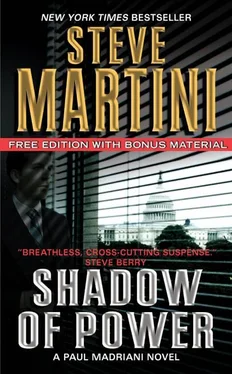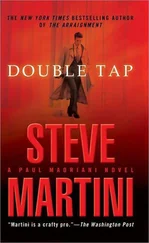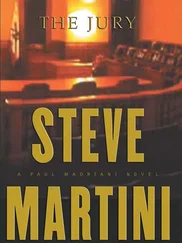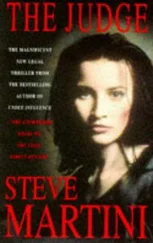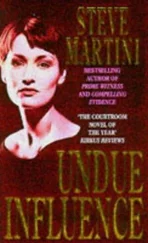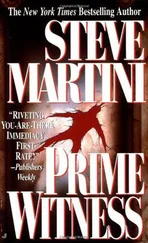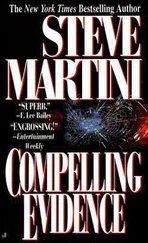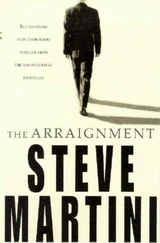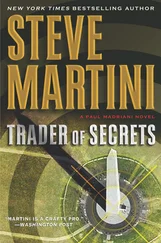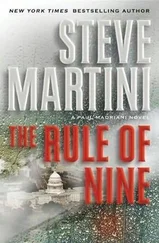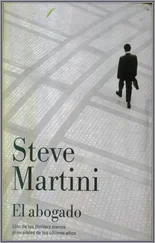“Yes. I’ve seen cases.”
“Could such a rage killing be predicated on or brought on by perceived differences in social or political views between the assailant-”
“Objection, Your Honor.” I’m up out of my chair.
“-and the victim?” Tuchio finishes the question.
“May we approach?” I ask the judge.
Tuchio and I are at the bench off to the side, the court reporter huddling right next to us with the stenograph machine, taking it all down.
“This is beyond the scope of the witness’s expertise,” I argue. “He is not a psychiatrist or a clinical psychologist. And besides lacking the expertise, he has never examined or even talked to my client.”
“Jeez, Your Honor, I’ve not mentioned the defendant’s name,” says Tuchio. “It’s a simple hypothetical question, put to an expert. The witness should be allowed to testify as to whether he has seen or observed such cases, within his own experience or from scientific journals in his field: Can a rage killing be triggered by political or social disagreement? Simple question,” says Tuchio.
Quinn thinks about it for a second or two. “Reframe the question,” he says.
I start to argue.
The judge puts his hand up and sends us back.
Tuchio restates the question and mentions the words “scientific journals” in the field of pathology, the ticket to passage for an inferred head job by the county coroner on Carl and his presumed motive for murder.
The question isn’t even finished, and James is leaning so far forward in his chair he nearly falls out of it before he can answer. “Yes, there are documented cases involving political and social triggers for rage killings. I have personally been involved in cases involving homophobia and racial hatred. Based on studies in pathology journals, acts of genocide-often in times of war, but not always-have been documented to involve rage killings almost by definition. Any form of deep-seated emotional and oftentimes utterly irrational hostility can form the basis for such a killing.”
“Thank you.”
For a second I think Tuchio is done with the witness. Then he stops. “There’s one more issue I’d like to cover.”
Quinn wants to know how long this is going to take. The judge is looking at his watch, wondering if we should break for lunch.
“Five minutes,” says Tuchio.
“Keep it short,” says Quinn.
“Dr. James, when you arrived at the scene, the hotel room, I assume that you attended the body at the scene?”
“I did.”
“When you arrived there, where was the victim’s body situated?”
“On the floor in the living room,” says James.
“On the floor, not in the chair?”
“That’s correct.”
“Could you tell how long the body had been there, in that position, on the floor?”
“No.”
“But you testified earlier that the initial attack on the victim had taken place when the victim was seated in the chair, is that correct?”
“That’s right, judging from the position of the body on the floor at the base of the chair, the location of wounds, and the blood evidence at the scene.”
“So based on your testimony, can we assume that at some point after the initial attack the victim was either pushed or fell from the chair onto the floor?”
“I doubt if he was pushed from the chair. Or if he was, it was with a minimal amount of force.”
“Why do you say that?”
“Because of the position in which the victim came to rest on the floor. The upper part of his legs and the anterior midsection of his body, the area at his midsection in the front, were actually elevated just off the floor, and the body was twisted. That was because the lower part of his body, his feet and lower legs, were wedged against the front of the heavy chair when his head, shoulders, and upper body hit the floor. If someone had pushed him forcefully out of the chair, it’s my opinion that he would have landed clear of the chair in a prone or more-prone position on the floor.”
“So is it more likely, in your opinion, that the victim wasn’t pushed but that he fell from the chair onto the floor?”
“Probably. I would say so. At some point, from whatever force, I believe that he tilted forward and fell.”
“And would this necessarily have occurred-the victim falling from the chair, I mean-either during or immediately following the assault?”
“Not necessarily.”
“But you said earlier, did you not, that the victim was unconscious, paralyzed, and that he died almost instantly or within a very short period of time following the initial blow from the hammer?”
“That’s correct.”
“So how is it possible that he could have fallen from the chair later?” says Tuchio.
“Lividity,” says the witness.
James explains that after death unclotted blood in the upper extremities of the body begins to move, due to gravitational forces, toward the lower portions of the body. For example, a body that is leaning at the edge of a bed at death can actually be tumbled or rolled by the gradual force of lividity so that it ends up on the floor.
“Just as the victim here ended up on the floor?” Tuchio’s leaning toward the witness, urging him on.
“It’s possible. If the victim here were leaning slightly forward and his weight were stabilized at the time of death, held up or balanced by, say, the arm or the side of the chair. In this case the right side of the chair, since he fell to that side. Then lividity as the blood settled-in this case toward the anterior or front of the chest and stomach, since he would be leaning slightly forward-might very easily cause the body to topple forward out of the chair.”
“Would this explain the awkward position on the floor in which the body was found?” asks Tuchio.
“It could.”
“Could this happen as soon as, say, four or five minutes following death?”
The science may be garbage, but I can see where Tuchio is going with this, backfilling one of the holes in his case.
“Ordinarily I would say that it would take longer,” says James, “but it’s possible, depending on how precariously balanced the body was at death. It might not take much of a change in body mass, the weight of the blood moving, to disturb the balance point if the body were in a position at death that was already close to falling.”
“Thank you, Doctor. Your witness.”
Tuchio is happy with this, smiling toward the jury as he heads for the counsel table.
He should be pleased. Thin as it may be, Dr. James has just supplied the answer to the question that has been causing Tuchio’s case to sag in the middle: What was it that made Carl panic and run, slipping in the blood and leaving his prints all over the floor at the scene? What else but the seeming apparition of a moving dead body suddenly toppling from the chair onto the floor as the defendant was getting ready to exit the room?
We take the noon break and come back. I grill James on the issue of lividity. I ask him whether it isn’t true that all the professional literature, studies on the subject, agree that it takes anywhere from a half hour at a minimum to two hours after death before lividity, the gravitational force on blood in the body, takes effect.
He concedes the point.
“So if that’s true, how could lividity move the body in this case from the chair to the floor in the period of four or five minutes following death?”
The cops and the prosecutor know that Carl, and no one else for that matter, after having murdered Scarborough in the way he did, would have stuck around more than four or five minutes. From all the evidence, the killer would have stayed just long enough to leave the gloved prints on the attaché case while searching for whatever it was and to clean the raincoat, God knows why, and then he would have jetted out of there like the Road Runner. My guess would be two or three minutes, not four or five.
Читать дальше
